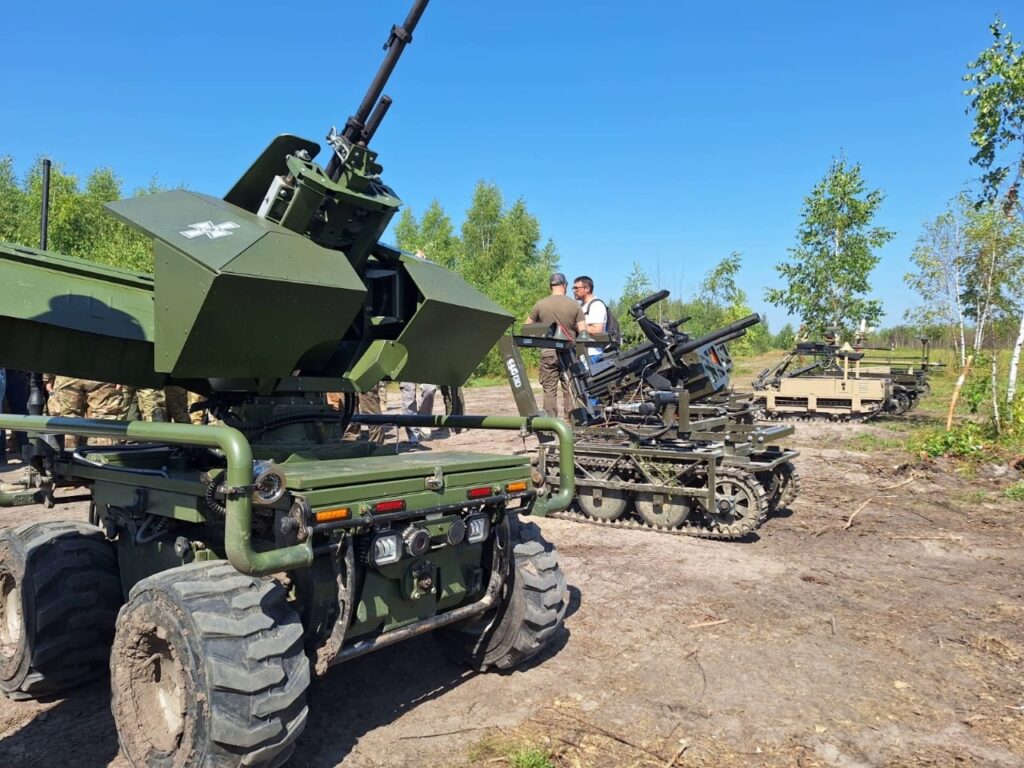Ukraine gains access to the EU’s €1 billion defense contracts

Ukraine has secured access to Europe’s defense strategy table. This spring, the EU granted Ukraine “associated country” status in its €1 ($1.17) billion Defence Fund. Now, for the first time, Ukrainian companies can compete for contracts and co-develop military systems that will protect Europe.
Ukrainian defense firms can now bid for EU contracts, partner with European companies, and help design tomorrow’s battlefield technologies.
According to Delo.ua, up to €1 billion could flow to Ukraine through these partnerships from the 2025 budget — if companies prove competitive.
This is not some favor Brussels is doing for Ukraine, but a two-way cooperation in which European financing is helping partners in the EU get access to technological innovations Ukrainian engineers have been forced to solve ahead of anyone else in the world.
When Russian electronic warfare jammed Western drones, Ukrainian companies developed unjammable alternatives. When expensive air defense systems ran out of missiles, Ukraine created cost-effective solutions.
European Defense Commissioner Andrius Kubilius acknowledged this on 30 April when announcing the €910 million ($1 billion) 2025 program covering 33 projects. The timing reflects Europe’s broader strategic shift — on 27 May, EU ministers approved a separate €150 ($175) billion arms fund.
The European Defense Fund operates through competitive consortia where companies from different EU countries collaborate. Ukraine can join these teams on equal terms with German, French, or Polish firms.
Key competition areas:
- Drone technology: Ukraine has demonstrated superiority over European alternatives
- Electronic warfare countermeasures: Battle-tested against Russian jamming
- Battlefield medicine: Innovations developed under combat conditions
- Cyber defense: Systems proven against sustained Russian attacks
The €1 billion figure represents Ukraine’s potential share across multiple projects. Since the total program is worth €1.065 ($1.24) billion, success depends on how competitive Ukrainian solutions prove.
Ukraine’s entry ensures European military systems will be designed with actual combat experience, not theoretical peacetime scenarios. For decades, EU defense companies designed weapons for high-precision small-unit warfare, pinpointing mostly terrorist targets.
Ukraine brings expertise from high-intensity warfare, which is exactly the threat Europe faces now.
The partnership also reduces Ukraine’s dependence on emergency aid. Instead of relying on countries to donate weapons from old stockpiles, Ukraine can help develop next-generation defense systems while securing long-term industrial partnerships.
This signals Europe’s recognition that Ukraine isn’t a temporary security problem but a permanent strategic partner. Whether Ukraine wins major contracts or smaller shares, the access fundamentally changes the relationship from charity recipient to competitive partner.